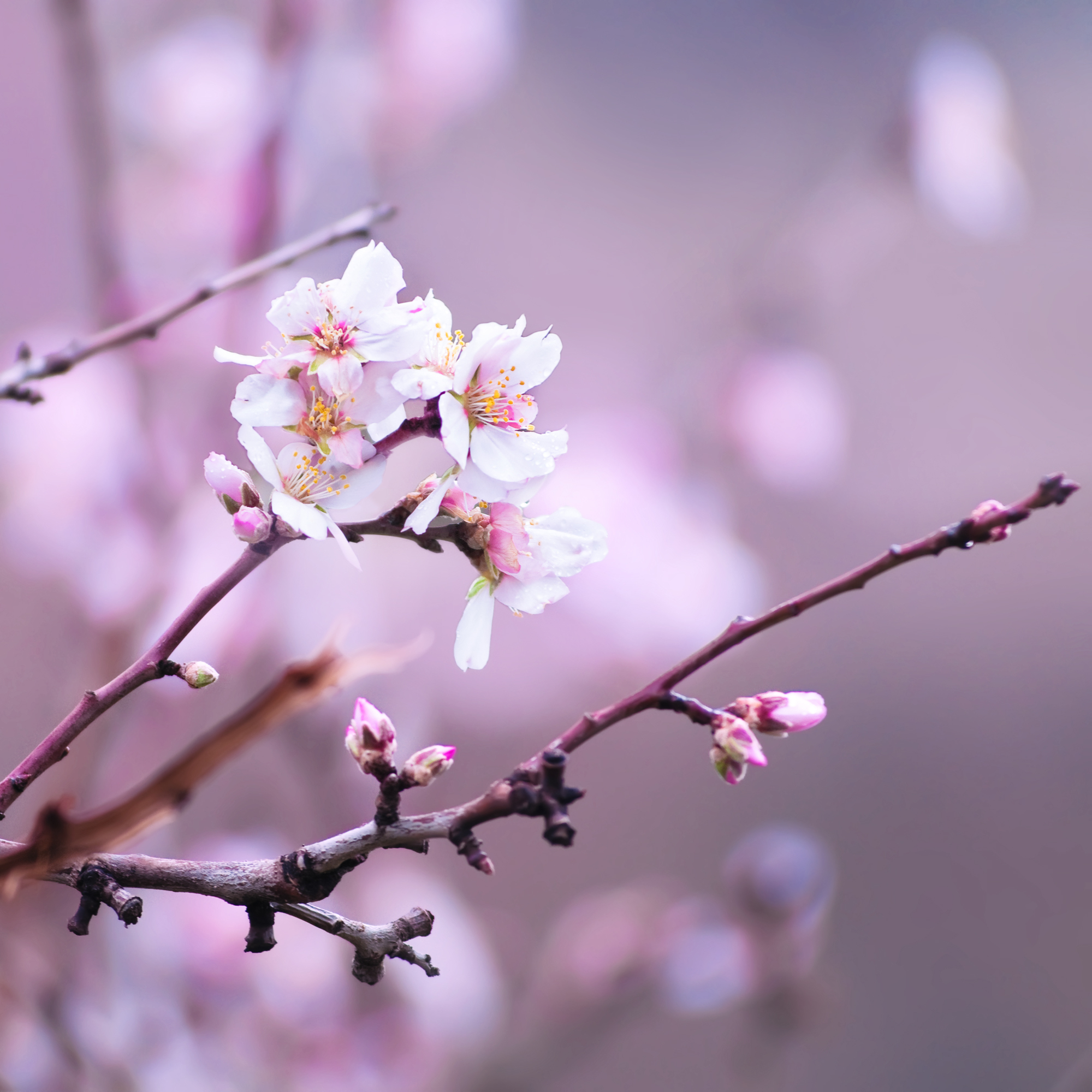Spring is a feeling; it is expectation, it is happiness, it is colour.
But it must have its time. The almond trees that bloomed in mid-January have left us feeling uneasy. In the countryside, we are faced with disrupted seasonal cycles. Mimosas have also been starting their flowering process 40 days earlier than usual. Coldiretti points out that the trend towards tropicalisation is continuing in Italy as well, with a higher frequency of extreme phenomena, seasonal differences, short and intense periods of rainfall and a rapid shift from bad weather to drought.
Agriculture is the economic activity most affected by climate change on a daily basis.
But it is humankind that is exerting an increasing influence on the earth’s climate and temperature through activities such as burning fossil fuels and deforestation. Activities that add huge amounts of greenhouse gases to those naturally present in the atmosphere, thereby fuelling global warming.
Progress is being made in energy efficiency, renewable heat sources and solar and wind energy. There is still a chance to halt this phenomenon, as global decarbonisation may succeed in not increasing global warming by keeping it within 2 °C (Environmental Research Letters 2/12/20).
But since the earth’s climate and ecological systems are profoundly interconnected, in an attempt to halt this process or at least try to contain it, what can be done by wine producers throughout the world?
Ignacio Morales-Castilla of GloCEE and Harvard University’s Arnold Arboretum believes that producers should consider taking ‘adaptive measures’. Among the alternatives available to viticulture when it comes to adapting to climate change are various cultivation management measures that can be taken at the local level such as micro-expansion or shading, but also the relocation of vineyards higher up where possible.
The scientists also suggest another solution, the replacement of plant material or varieties that Morales-Castilla says have the potential to adapt to climate change. Thus, agro-biodiversity that would increase the resilience of different crop species without disrupting agricultural regions.
The study analysed the historical data since 1956 of 11 wine grape varieties including Cabernet Sauvignon, Chardonnay and Pinot Noir, the most historically cultivated in Europe. Planning models of global warming scenarios up to 2100 have been created.
The results are encouraging, humans through intelligent cultivation can support agriculture, provided efforts to avoid higher warming scenarios are successful.
It is necessary to take concrete steps in this direction, to understand that we have a unique heritage and that we must focus all our efforts on ensuring that we hand it over to future generations in a better condition than that in which we received it.
Tenuta Liliana Staff





